Dilation and curettage (D and C) is represented as a minor, safe procedure to remove tissue from inside your uterus. As with any medical procedure there are certain risks involved. It is important that your doctor helped you understand these risks so you could make an informed decision about whether this was the best procedure for you. Unfortunately, many doctors don’t discuss dilation and curettage risks; nor do they let you know about alternative procedures.
What Is D and C?
Board Certified Obstetrician and Gynecologist, Paul D. Indman, M.D., describes a D&C as “a blind procedure in which the lining of the uterus is scraped. This is similar to mowing a lawn with your eyes closed – large areas may be missed. In addition, a D&C only scrapes the surface, similar to mowing a lawn. Unless the “soil” is removed, there will not be any long lasting effect. In fact, there has not been a single study published showing any long-term benefit of a D&C.”
Doctors perform dilation and curettage to diagnose and treat certain uterine conditions — such as heavy bleeding — or to clear the uterine lining after a miscarriage or abortion.
In a dilation and curettage, your doctor uses small instruments such as a speculum, the same instrument used in a pap test is used to open the vagina; or a medication is administered to dilate the vagina. In dilation, the cervical entrance (os) is held open with a tool known as a tenaculum. Your doctor then uses a surgical instrument called a curette (curettes can be sharp to scrape or use suction) to remove uterine tissue, which will be sent to a lab for testing. The test can check for:
- Uterine cancer
- Uterine polyps
- Endometrial hyperplasia — a precancerous condition in which the uterine lining becomes too thick
Your doctor may perform the D&C along with another procedure called a hysteroscopy. During a hysteroscopy, your doctor inserts a slim instrument with a light and camera on the end into your vagina, through your cervix and up into your uterus. Your doctor then views the lining of your uterus on a screen, noting any areas that look abnormal, making sure there aren’t any polyps, and taking tissue samples as needed. During hysteroscopy, your doctor can also remove uterine polyps and fibroid tumors.
To treat a condition
When performing a therapeutic D&C, your doctor removes the entire contents of your uterus, not just a small tissue sample. Your doctor can do this to:
- Remove a molar pregnancy which results when tissue that normally becomes a fetus instead becomes an abnormal growth in your uterus
- Clear out any placenta that remains in the uterus and causes excessive bleeding
- Remove cervical or uterine polyps, which are usually benign
- Remove benign fibroid tumors from the uterine wall and which sometimes bulge into the uterine cavity
- Extract any tissue that remains in the uterus after a miscarriage or abortion
D and C Indications: Is It Right for You?
Dilation and curettage is a procedure that is recommended in many different situations. It is sometimes used as a diagnosis tool, and other times it is used for treatment.
Dilation and curettage is used for diagnosis and therapy of certain conditions. Some of the reasons include:
- Abnormal uterine bleeding and/or pain
- Bleeding after menopause
- Abnormal endometrial cells discovered during a routine test for cervical cancer
- Excessive pain during menstruation
- Perform an infertility investigation to determine why you can’t become pregnant
- Diagnose or treat growths such as fibroids, polyps, or endometriosis, hormonal imbalances
- Remove non-cancerous tumors, or fibroids
- Remove and examine potentially cancerous tumors
- Remove infected tissue (often related to a sexually transmitted disease called pelvic inflammatory disease, or PID)
- Remove tissue left behind in the womb after a miscarriage
- Perform an elective abortion
- Remove an intrauterine device (IUD)
However, dilation and curettage is not always the best approach for these diagnostic and therapeutic indications, partly because of D and C risks.
D and C Contraindications: When It’s Not Right for You
There are some women who should not have a dilation and curettage procedure. These should be discussed with you before your dilation and curettage. Some of these factors include:
- A viable pregnancy
- Inability to visualize the cervical os (the opening into the vagina) because of obstructions or cervical anomalies
- Severe arthritis of the hips. If the legs cannot be moved apart for performing the procedure.
- Too ill for surgery.
- Pelvic infection because infection can be carried from the vagina and cervix to the uterus during the procedure. Infected tissue is more prone to injury therefore a D&C should be avoided if any infection is present.
- Blood disorders which can result in excessive bleeding after this procedure.
- Certain medical problems where general anesthesia or other forms of anesthesia may become risky.
- Uncontrolled hypertension or diabetes.
In some cases, a dilation and curettage procedure might still be appropriate, providing that certain steps are taken to ensure the procedure is done properly and carefully. If you have these risk factors, it is doubly important that your doctor discuss how they can potentially impact your risk of dilation and curettage complications.
D and C Risks
Dilation and curettage comes with a number of risks that must be taken into account when deciding to go with this procedure. It is important that women understand the procedure could result in:
- Bleeding
- Infection
- Perforation of the uterus
- Damage to the cervix
- Scar tissue that develops on the uterine wall
- Failure to detect serious condition
- Anesthesia complications
Although some of these complications are rare, you should be fully informed of all risks. Excessive bleeding following a dilation and curettage procedure may require another procedure. Perforation of the uterus can also cause you to need another surgery. Cervical damage may require stitches and may take longer to heal.
Scar tissue on the uterine wall is known as Asherman’s syndrome, which is a condition that can result from a D&C and can affect your menstrual cycle, may lead to future miscarriages, and, in very rare cases, infertility. This is the most serious way a dilation and curettage can affect future pregnancies. Unlike most complications after dilation and curettage, Asherman’s syndrome is often not detected until pregnancy problems occur. Asherman’s syndrome typically requires a follow-up procedure to treat, but in most cases it can be successfully treated.
D and C Options
There are many different ways that a dilation and curettage procedure can be carried out, but a doctor may not tell you the benefits of the different approaches. For example, some doctors prefer to do the operation in their office rather than in a hospital setting. This is for their convenience, but if you have risk factors it may be better for you to have the procedure performed in a hospital setting.
There are also many anesthesia options for dealing with the pain associated with a dilation and curettage procedure, but doctors may not tell you all the options, because not all options are equally convenient for them. Many require additional personnel or certifications they do not have.
D and C Alternatives
Depending on the reason for doing the D and C, there are a number of alternatives. The following are some examples of procedures that allow doctors alternative ways of evaluating, sampling, or treating disorders of the inner lining of the uterus:
- Miscarriage. D & C is the most commonly used method of treatment however, recent studies, have shown that no active intervention is a viable option for women who do not wish to undergo surgery and who are in otherwise good health. The Encyclopedia of Surgery states that up to 72% of women indicated that that expectant management of incomplete abortion was preferable to medical or surgical intervention.
- Less invasive procedures to obtain a sample of endometrial tissue is an endometrial biopsy that a uses a narrower curette to obtain a sample of endometrial tissue. Little or no cervical dilation is necessary, however, the cervix is numbed with a local anesthetic and the patient will still experience cramping.
- Vacuum scraping has been shown to have similar success in diagnosing uterine cancer as a D&C. A thin plastic tube attached to a suction machine is passed through the cervix and scraped along the endometrium. Local anesthesia is used for this procedure.
- Hysteroscopy is much better than dilation and curettage for many different conditions. Polyps, fibroids, and retained products of conception detection are much more accurate with hysteroscopy than with dilation and curettage. While dilation and curettage has a false-negative rate of up to 34% (it may miss the condition in more than a third of cases), the false negative rate for hysteroscopy is less than 9%, and often 1-3% in studies.
- A total hysterectomy permanently removes the uterus and cervix. This procedure is generally recommended only if a woman no longer desires to have children and no other forms of treatment have been successful. Most hysterectomies are done to treat uterine fibroids and endometriosis (a condition in which the endometrium grows outside of the uterus).
Because of the possible risks associated with dilation and curettage, it’s important that you be informed of alternative treatments, especially when dilation and curettage has a low success rate for your condition.
And, in many cases, you have to consider the possibility that the best course of action may be just to wait and watch. In many cases of irregular bleeding, the problem is likely to resolve on its own. With miscarriage, waiting is often encouraged because your body can pass the tissue on its own without need of surgical intervention.
What You Can Do If You Weren’t Fully Informed
If you feel that you weren’t given adequate information about the risks of dilation and curettage, and you feel like you had the procedure done unnecessarily or under circumstances that put you at an elevated risk, you should talk to a medical malpractice lawyer. This is especially true if you suffered significant dilation and curettage side effects or complication that could have been avoided.
It is a doctor’s job to recommend the best procedure for your condition, but it is also a doctor’s job to make sure you have information you need to participate in that decision. When doctors fail in this duty, it is a violation of the doctor’s commitment to you as a patient. Talking to a lawyer who knows about the laws can help you decide whether a dilation and curettage lawsuit is appropriate for you.
* “Female Reproductive Anterior” by CFCF (Own work) is licensed under CC BY-SA 3.0













